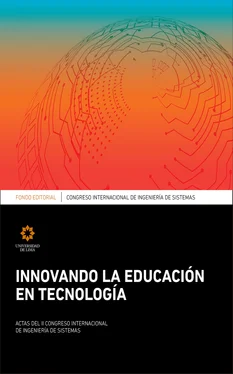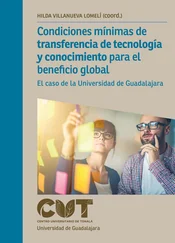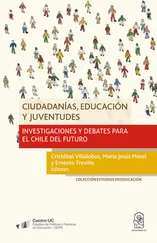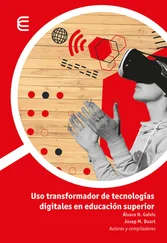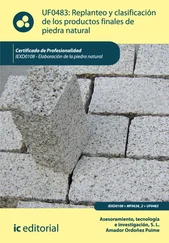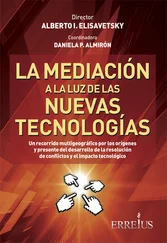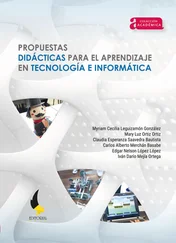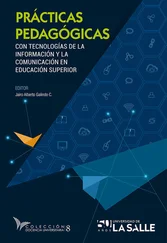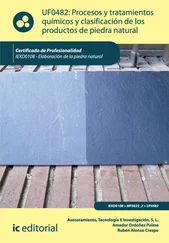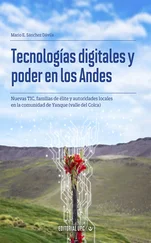5. “Improv for Effective Collaboration Innovation?” by Jeannie Kristufek [4]. In this paper, the author presents several exercises used at IBM that she adapted from the improv world to help technical team members work more creatively and efficiently as part of a collective whole. A key component of improvisation is that it is a team effort and that no “star” exists. Everyone is tasked with contributing to the task at hand and one must listen to the other team members even if there is disagreement. Using a “Yes, and” approach allows team members to avoid the value judgment of ideas early on and keeps the discussion going. Several other key components of improv that she points out are: “show, don’t tell”, take risks, be in the moment and the know.
6. “Improvisational Computational Storytelling in Open Worlds” by Lara J Martin, Brent Harrison, and Mark Riedl [8]. Improvised storytelling allows the actors to place their characters in whatever universe and situation they wish based upon a simple suggestion from someone in the audience: in essence, what is referred to as an open world. The authors are researching how to do the same with an AI system that would be capable of improvising with humans in real-time alongside humans. They offer two possible approaches to help solve this problem: plot graph and neural network. Neither solution is perfect and much more needs to be done, but the goal is to develop an AI system that can communicate with humans at even some of the most abstract worlds that improvisers are good at creating.
7. “Improvisation: Methods and Models” by Jeff Pressing [11]. This paper was written in 1987 and, although it is mostly on musically improvisation, many of the ideas could easily be applied to theater improvisation as well. Even more interesting is the section on artificial intelligence that Pressing examines. Pressing notes: “There is traditionally no explicit mention of improvisation in the field. In making such a link, it seems clear that the successful application of AI concepts to improvisation rests to a large degree on the appropriateness of considering improvisation to be a kind of problem-solving.” He proceeds to discuss how improvisation is really a form of problem-solving in terms of a chosen search method and selection of an acceptable solution through problem reduction.
8. “The Use of Improvisational Theater Training to Reduce Social Anxiety in Adolescents” by Peter Felsman, Colleen M. Seiferta, and Joseph A. Himle [4]. This was a study conducted in Detroit in cooperation with The Improv Project, which is a part of the Detroit Creativity Project (DCP). The authors state, “This study is the first to test the efficacy of a school-based improvisational theater program as a mental health intervention, and it offers positive results.” The focus was on those youth who suffer from a recognized social anxiety disorder such as depression or social avoidance. I met with Beth Hagenlocker who is a co-founder of the DCP and in charge of the day-to-day operation of The Improv Project. During a 10-week period, students transition from the basic improv exercises to a graduation performance. There are others doing similar things such as Urban Improv in Boston, which is a part of Rehearsal for Life.
9. “Whose Classroom Is It, Anyway? Improvisation as a Teaching Tool” by Ronald A. Berk and Rosalind H. Trieber [1]. The focus was on using improvisation as a better way to engage and teach the Net Generation students. The authors used the following four improv exercises to demonstrate how this can be done: One Word at a Time/One Sentence at a Time, Speech Tag, Freeze Tag, and Gibberish Expert Interview. Their four reasons for using improvisation in the classroom are: 1. it is consistent with the characteristics of the current generation of students; 2. it taps into students’ multiple and emotional intelligences; 3. it fosters collaborative learning; and 4. it promotes deep learning through the active engagement.
Below is a look at the exercises used by the author along with a brief summary.
Table 1
Improv Exercises Used by the Author
| Most exercises can be found in the Improv Encyclopedia, Improv Wiki, Drama Toolkit, and Learnimprov.comalthough the names may be different |
| 1 Shake 8s; Circle up -- A great warm-up exercise. |
| 2 Zip-zap-zoop; Woosh-bang-pow -- Any three-word/sound combination is fine. |
| 3 These are five things -- “Don’t bother to think”; just do. |
| 4 Follow the follower or the leader -- Great exercise and fun as people imitate others. |
| 5 Last word spoken = first word spoken -- Forces one to concentrate. |
| 6 New choice, redo -- I refer to this game as “refactor” which is a term used by programmers when they rewrite some of their code. |
| 7 Double-link list -- In a circle, point to someone saying a “noun” you think of. Once the loop has gone around, repeat the cycle using the same words. Build on this by adding another round with a different set of words to see how well you can remember your word(s) or that/those of others. Use “pointers” (fingers) for navigation of the circuit. |
| 8 Zombie/hacker attack (10-14 people) -- Have the same number of chairs as participants, which means one will be empty. The zombie walks slowly toward the empty chair while the others create a team strategy to cover. |
| 10 Botnet, distributed denial of service or DDoS attack -- A winker (bot herder) creates a botnet that s/he can later command to attack a victim. |
| 11 Bomber-protector -- Use 8-14 people; each person identifies one person as his/her bomber (therefore to be avoided) and another person as his/her protector (therefore wanting to stay as close as possible to). |
| 12 Two- or three-headed experts -- Answer a question with either one word or one sentence at a time. |
| 13 Four squares -- Four players with the front two being given a topic they will discuss; the entire square rotates to allow all actors the opportunity. |
| 14 Circle story -- Any topic you want and everyone contributes to the story. |
| 15 Emotion zone -- Allows for team members to work with different emotions. |
| 16 Status game -- Use a deck of cards. Treat others based upon their perceived status. |
| 17 Alphabet circle -- Use the alphabet to tell a story. |
| 18 Knife-cat-baby throwing -- This is about object work and concentration. |
There are anecdotal works, testimonials, and research that support how improvisation can help everyone become better researchers, technologists, teachers, entrepreneurs, team members, and humans. Since 2016, Northeastern University’s computer science majors have been required to take a drama class which includes improvisation. [2] This is done, in part, in an attempt to “robot-proof” their majors, as well as giving them better teamwork and creative problem-solving skills. The area of AI research has begun to look at how improvisation theater can be used to help develop better AI systems.
Berk, R. A., & Trieber, R. H., (2009). Whose Classroom Is It, Anyway? Improvisation as a Teaching Tool, Journal on Excellence in College Teaching , v20 n3, pp. 29-60.
Castellanos, S. (May 14, 2019). Oh, My God, Where Is This Going?’, When Computer-Science Majors Take Improv, The Wall Street Journal .
Cobbett, BA et al. (Apr 12, 2017). Changes in Anxiety Following a Randomized Control Trial of a Theatre-based Intervention for Youth with Austim Spectrum Disorder, PubMed .
Felsman, et al. (2018.12.001). The Use of Improvisational Theater Training to Reduce Social Anxiety in Adolescents. The Arts in Psychotherapy . https://doi.org/10.1016/j.aip
Читать дальше
